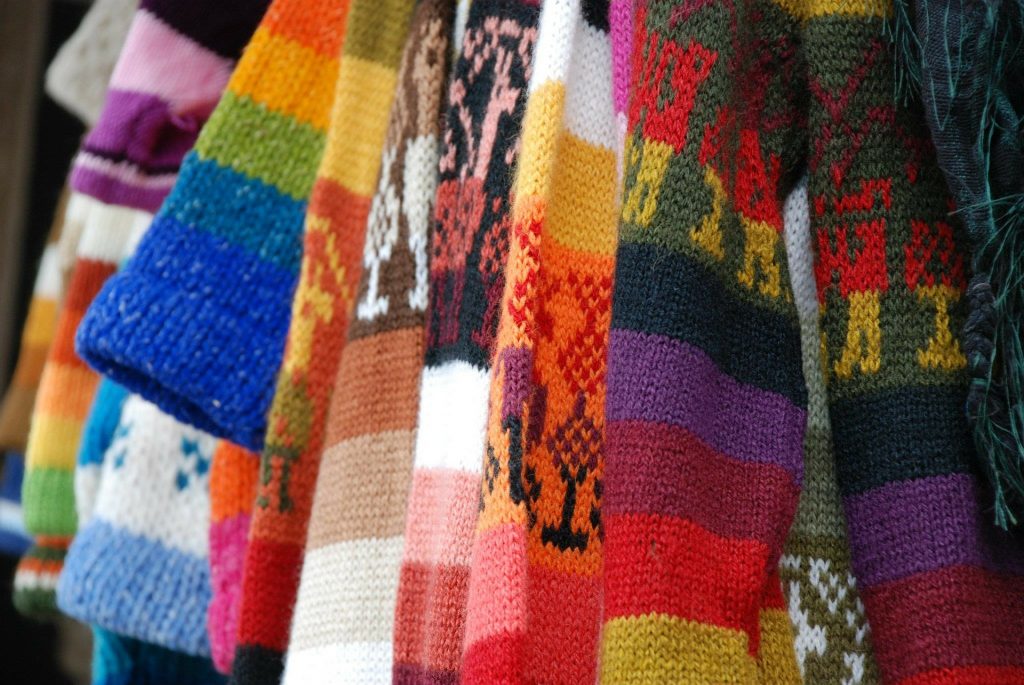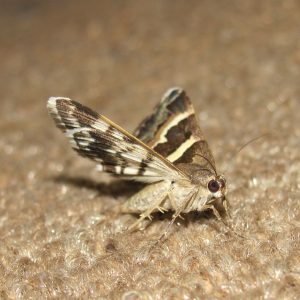Have Clothes Moths Been Eating Holes in Your Favorite Sweater?
With the holidays rapidly approaching, many of us are pulling out our favorite sweaters, coats and scarves in anticipation of cooler temperatures and holiday travel.

Sometimes this happy ritual can lead to the discovery that clothes moths have been eating holes in these items that have been stored away in the dark undisturbed areas of our closets.
About Clothes Moths
Clothes moths are well-known as pests of stored woolens and consume a wide range of other fibers including wool carpeting, hair, fur, silk, felt and feathers. The larvae tunnel within and under oriental carpets, nibble up the felt within pianos and destroy hats, woolen sweaters and valuable suits, blankets, animal trophies, leather, skins, down pillows and clothing soiled with food stains or body oils.
The casemaking clothes moth larvae will travel away from infested materials and attach themselves to the ceiling or upper areas of the room to develop into adults. Adult clothes moths fly around the home and land on other susceptible items to lay eggs.
The best way to avoid clothes moth infestation is through prevention.
Tips to Prevent Clothes Moths
- Woolens and other susceptible fabrics should be dry cleaned or laundered before being stored for long periods.
- Store clean suits inside zippered plastic suit protectors.
- Pack other articles in tight-fitting containers with moth balls.
- Don’t put mothballs or moth crystals in the open inside of closets or under beds. If the area is not tightly sealed, the fumes will not kill or repel the moths and can pose a health risk.
- Cedar closets or chests are seldom effective by themselves, because the seal is insufficient to maintain a lethal or repellent concentration of the volatile oil of cedar.
- Inspect material that is susceptible to infestation regularly.
- Standard household insecticides should not be used to treat clothing; however, mothproofing solutions may be applied to susceptible clothing by professional dry cleaners.
- Store valuable garments such as furs in cold vaults (a service offered by some furriers and department stores).
- Vacuum regularly, including along baseboards, under and behind furniture, inside closets and both sides of oriental carpets.
- Consider cleaning oriental carpets annually to prevent moth damage.
If you discover evidence of clothes moths, CLICK HERE TO SCHEDULE A FREE PEST INSPECTION!
